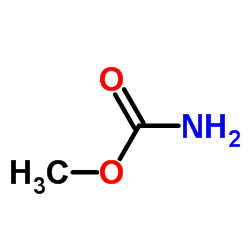| Structure | Name/CAS No. | Articles |
|---|---|---|
 |
hexanedione
CAS:3848-24-6 |
|
 |
dibromoacetonitrile
CAS:3252-43-5 |
|
 |
Methyl carbamate
CAS:598-55-0 |